Chapter 7
The Sculptures, Revisited
Section 1
Sphinx
Derived from the Greek verb “sphingo” (to strangle, constrict, bind), the word “sphinx” designates a composite creature with a lion’s body, human’s head, and eagle’s wings.1 The most famous sphinx appears in the myth of Oedipus, in which the Sphinx of Thebes asks a riddle to people who wish to enter the city, and kills those who answer incorrectly.2 Because of this connection to thresholds and death, as well as their ability to terrify, sphinxes in Greek art often guarded tombs.3 For example, on top of a 6th century BCE Athenian stele (grave marker) of a young boy stands a sphinx.4 With her braided hair, up-curved wings, slight smile, and seated posture, she resembles a famous monument, the Sphinx of Naxos, which which perches on top of a column, dedicated as a gift to the god Apollo at Delphi.5
Although the sphinx in Mary Clark Thompson’s Breakfast Bower contains the general sphinx components, it is strange, even for a composite mythical monster. First, the features are rendered differently than in most depictions. The animal body is thin and tapered, more hound-like than feline. It stands on all fours in the air, instead of resting on its hind legs. The sphinx’s neck is oddly elongated and curved, supporting a head with an especially young face. Curls frame the sphinx’s face, and a single braid rests on the middle of its cranium, unlike the many long braids in the examples above. Furthermore, the Sonnenberg sphinx’s overall composition and context are unusual. It holds a disembodied human head at its feet, which itself is used as a fountain spout.
The sculpture is also littered with cracks and patches. The causes behind the large amounts of fragmentation range from accidental damages to deliberate restorations in which pieces from different sculptures were fused together. The animal body, wings, and disembodied head are one group which appear to belong together; the disembodied head’s left hair, the base, and the head of the sphinx are all separate parts. Though we do not know where the pieces originally came from, inventory entries leave a trail of records that suggest at least some of the sphinx’s history.
The Sonnenberg sphinx first appears in an inventory record in 1638, the year after the death of the original collector, Vincenzo Giustiniani. The sphinx is noted as “ancient, restored”—though the author of this entry does not elaborate on or speculate which parts in particular are ancient or restored.6 The rest of the short 1638 inventory entry describes the overall form, a sphinx holding a disembodied head. This matches the composition we observe today; thus the sphinx was put together by 1638 at latest.
While the Sonnenberg sphinx’s composition is uncommon, as noted earlier, it is not without precedent. The sphinx’s violence against humans occurs in the Oedipus myth, and in the tragedy Seven Against Thebes by ancient Greek playwright Aeschylus, “a raw-devouring sphinx … bear[ing] a man beneath her” was embossed on the shield of Parthenopaeus, one of the fighting heroes.7 Replications of ancient gem stones also show sphinxes attacking men; one even shows the sphinx with a skull beneath its paws, much like the sphinx in the bower.8
As for the rendering of the sphinx’s animal body, more hound-like than feline, there is again precedent. One sphinx used as a table support, from the villa of Antoninus Pius, 2nd century CE, has a canine body.9 Sculptors in 17th century Rome were more likely to see Roman sphinxes reimagined from Greek models than archaic Greek sphinxes, perhaps contributing to the Sonnenberg sphinx’s canine form.
The Sonnenberg sphinx appears again in written records in 1881, when Friedrich Matz notes the bearded head’s function as a fountain spout.10 Though this use may seem odd, there is again ancient precedent for this adaptation. For example, bronze and marble Roman masks, used as drains or fountain spouts, depict Oceanus, god of the sea.11 The style of the bearded face below the paws of the Sonnenberg sphinx, with its billowing hair and gaping mouth, recalls these ancient masks.
Matz also notes several restorations which occurred by 1881. He says the sphinx’s back part, the tips of the wings, and the base are new. These notes correspond with the cracks apparent on the sphinx in the bower today. The wing tips appear to have broken off and been reattached; the same for the large crack around the sphinx’s body, between the front and back legs.
Lastly, Matz writes in 1881 that the hair of the sphinx’s head on its left side is modern, and the braid down the middle covers the part between the restorations and the probably ancient hair on the sculpture’s right. Confusingly, the head of the sphinx does have a middle braid, but there is no part—it appears completely smooth. There is, however, a noticeable gap between the disembodied head and its hair on its left side. Perhaps Matz mixed up the two heads in his notes.
Whether the middle braid was introduced to cover a part, or it was original to the head of the sphinx, it follows ancient iconography. A single middle braid occurs in representations of Eros (the Greek counterpart to Cupid) and in Roman portraits of children. The child’s braid is fitting for the sphinx’s young face, and Eros even coheres with the Cupid and Psyche group in the sarcophagus in the Breakfast Bower above the sphinx.
Thus, the 1638 and 1881 records show the sphinx came from the Giustiniani collection to the Metropolitan Museum of Art in largely the same form as it stands today. Though unappreciated and unwanted (and it is undeniably odd and ugly), the sphinx is not an entirely absurd creation. Its form is rooted in tradition. The composition of a sphinx holding a disembodied human head evokes the terrifying and violent myth of the sphinx, the rendering of its canine body is of its time in 17th century Rome, the sculpture’s function as a fountain recalls ancient masks used for the same purpose, and the iconography of the braid fits with the sphinx’s young face.
Mary Clark Thompson’s placement of the sphinx in front of the sarcophagus even references the common pairings of fountains and sarcophagi in Renaissance and early modern times. Furthermore, the shared references to Oceanus and Eros (Cupid) in the sphinx and sarcophagus create a fair amount of cohesion—especially for an accidental group, created from the “third tier” of the Metropolitan Museum of Art’s Giustiniani acquisition.
By rescuing the most unwanted of the Giustiniani marbles, Mary Clark Thompson ensured the sphinx’s oddities would not die, unobserved in basement storage, but instead live on, in the air of the Breakfast Bower, for our enjoyment and contemplation.
A.H.
S.T.
Ithaca, NY
December 2017
Notes
1 A recent scholar suggests “sphinx” is also related to the Greek and Sanskrit words for “buttocks” and appears in the Rigveda in the context of a riddle. See Katz, Joshua T., The Riddle of the 'sp(h)ij-': The Greek Sphinx and Her Indic and Indo-European Background (2005). Princeton/Stanford Working Papers in Classics Paper No. 120505.
2 This 19th century painting depicts Oedipus and the Sphinx (Metropolitan Museum of Art 21.134.1).
3 Nota Kourou, Sphinx, in Lexicon Iconographicum Mythologiae Classicae (Zurich and Dusseldorf 1997), vol 8, 1149-1165.
4 Metropolitan Museum of Art 11.185a–d,f,g,x.
5 The Sphinx of Naxos.
6 Angela Gallottini, Le sculture della collezione Giustiniani I. Documenti (Rome 1988), 1638 inventory no. 361.
7 Aeschylus, Seven Against Thebes, v. 541-2.
8 See Division of Rare and Manuscript Collections, Cornell University Library, accession no. 12_3_0036, no. 12_3_0037, and no. 12_3_0035.
9 British Museum of Art 1805,0703.40.
10 Friedrich Matz and Friedrich von Duhn, Antike Bildwerke in Rom (Leipzig 1881), no. 1615.
11 See Arachne 600230 and Bocca della Verità.
Photos
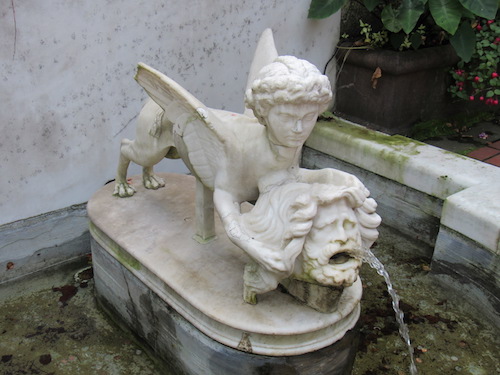

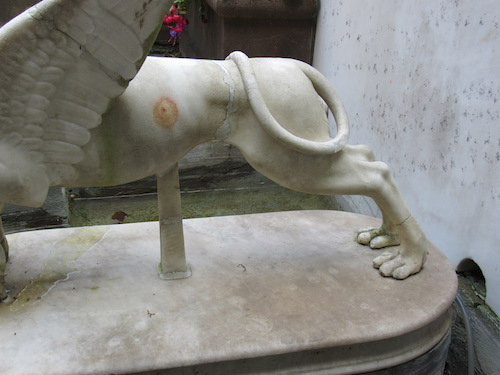
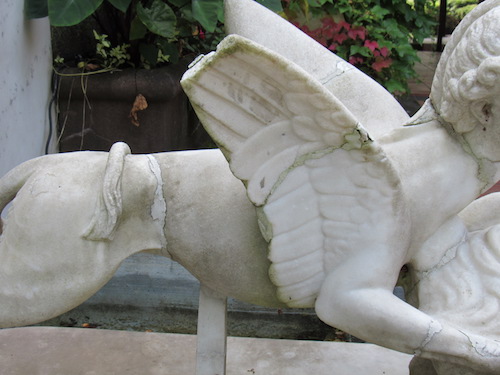
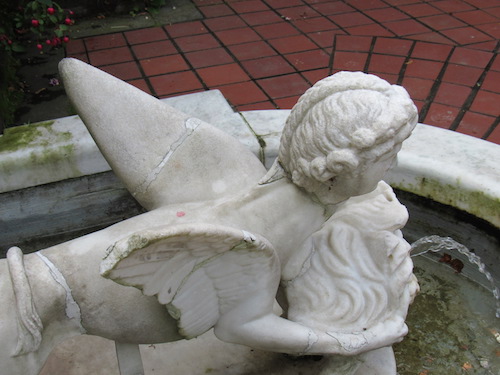
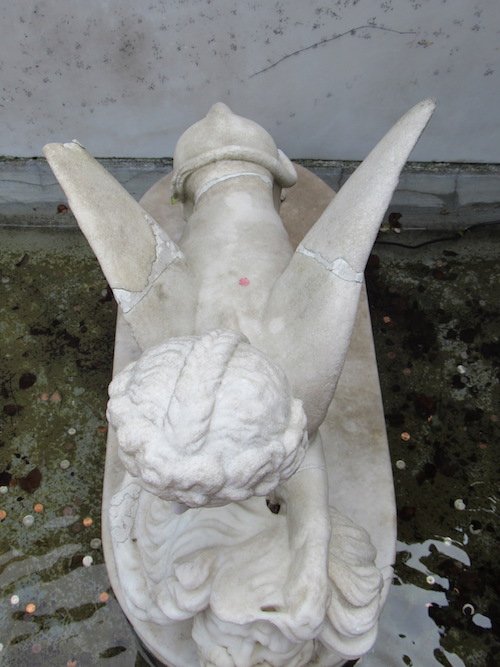
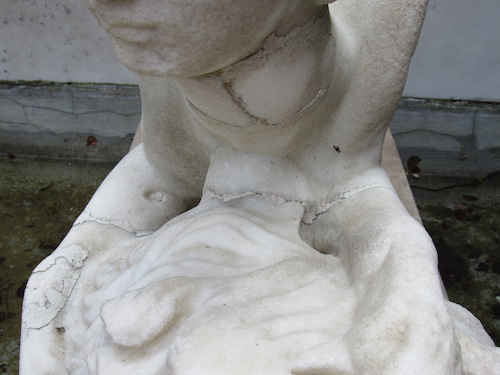


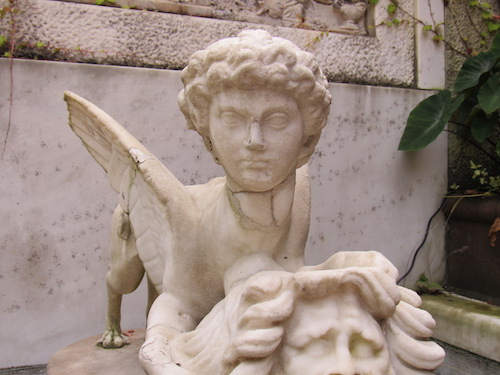
All photos: S.T., B.T., A.H., A.A.